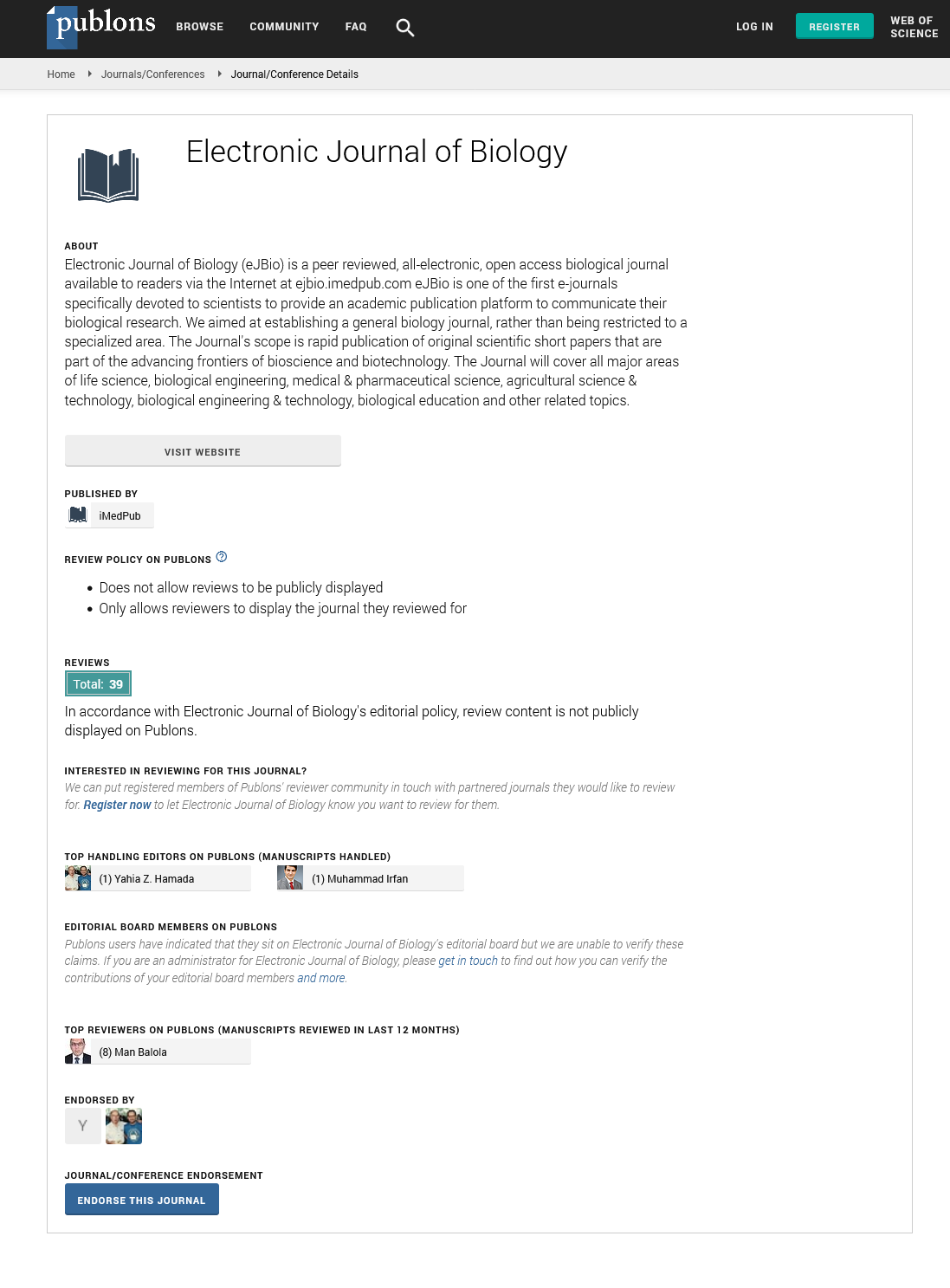Abstract
Instant Noodles: Are they Really Good for Health? A Review.
Instant noodles are generally used up in Asian nations. Instant noodles seem to have started in Japan in the 1950s and today, are created in more than 80 nations around the world. Accommodation and practicality are critical components adding to its expanding fame. Besides this all ultra-processed foods including instant noodles containing artificial food colors, flavorings and certain preservatives have adverse effects upon children. Children with ADHD are advised to avoid all food that may contain preservatives such as BHA, BHT, TBHQ and sodium benzoate. Safety concerns identified with instant noodle utilization are regularly ascribed to the higher measure of fat and sodium content in the item. Despite the fact that expanding utilization of noodles has prompted deliberate actions to investigate the attainability of utilizing instant noodles as a vehicle for micronutrient fortification. Another step towards bioremediation is to treat noodle waste as a tool. Noodle waste contains significant amounts of starch, lignocellulosic material and oil. Then, using esterification and transesterification reactions, the pretreated oil is converted to biodiesel. The residual starch and lignocellulosic mixtures are hydrolyzed enzymatically to form small sugar units, such as glucose and fructose. The obtained hydrolysate is then fermented to produce bioethanol (conversion rate 96.8%). The hydrolysate can also be used as a nutrient for growing microorganisms for the production of lipids, enzymes and pigments. Additionally, noodle waste can be converted to animal feed. By intervening new health friendly compounds in noodle manufacturing may start a new era of fear free instant noodle consumption. Furthermore, fortification of instant noodles with essential micronutrients like vitamins and minerals, fiber and other flours, which enhance their nutritional attributes, can be targeted to ensure better nutrition to the people.
Author(s):
Madiha Sikander, Arif Malik, Muhammad Sikander Ghayas Khan, Qurratul- ain, Rabia Ghayas khan
Abstract | Full-Text | PDF
Share this

Google scholar citation report
Citations : 5001
Electronic Journal of Biology received 5001 citations as per google scholar report
Electronic Journal of Biology peer review process verified at publons
Abstracted/Indexed in
- Google Scholar
- China National Knowledge Infrastructure (CNKI)
- CiteFactor
- Electronic Journals Library
- Zoological Records
- WorldCat
- Proquest Summons
- Publons
- MIAR
- Openaccessarticles.com
- Secret Search Engine Labs
Open Access Journals
- Aquaculture & Veterinary Science
- Chemistry & Chemical Sciences
- Clinical Sciences
- Engineering
- General Science
- Genetics & Molecular Biology
- Health Care & Nursing
- Immunology & Microbiology
- Materials Science
- Mathematics & Physics
- Medical Sciences
- Neurology & Psychiatry
- Oncology & Cancer Science
- Pharmaceutical Sciences


